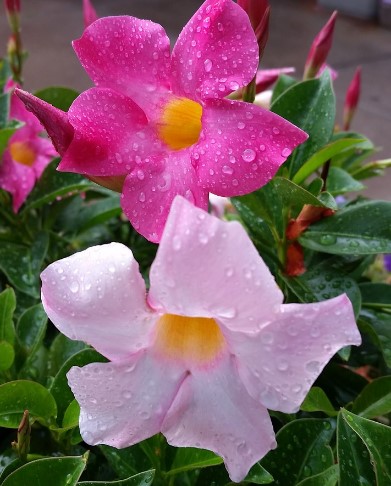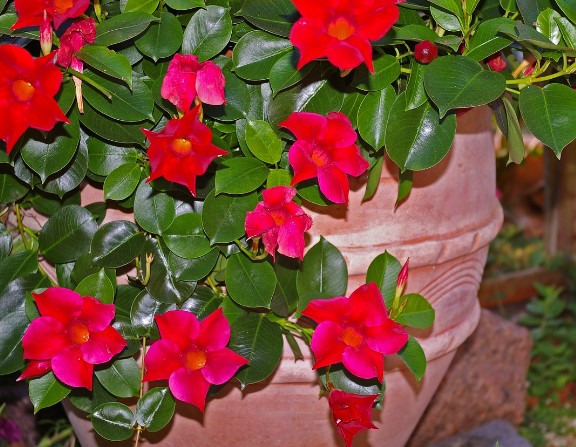
Mandevilla Plant Care – Growing Mandevilla In Your Garden
How to care for mandevilla in the garden
Mandevilla is a popular houseplant and a perennial in many parts of the country. Like many plants, mandevilla can be propagated from cuttings, so you can grow a new plant from a cutting or two from your existing plant. If you want to start your own plant from cuttings, there are a few things to know.
Whatever houseplant you choose, it’s your responsibility to take good care of it so you get the best results. A good way to see if a plant will do well (and avoid disappointment) is to give it a good clean before harvesting seedlings or rearing new plants. When choosing a new seedling or newly rearing a new plant, keep these three things in mind: The plant needs time to acclimate. The seedling or new plant needs to be physically attached to a wall or another sturdy surface. The plant must be watered periodically.

When gathering cuttings, it’s a good idea to cut the stem off above ground and place it in a jar. This prevents the stem from extending too far and too wide. Place the removed cuttings about 4 inches deep in a quart-sized glass jar, and cover with a slightly moist paper towel. (This moisture helps to encourage the growth of new plant tissues.) After a few days, gently massage the roots of the new plant, which could cause the roots to break or tear if handled roughly.
Gather Water and Plant Soon after collecting your cuttings, transfer the water-rich liquid from the newly harvested and wrapped cuttings to an empty, labeled water bottle.
What temperature zone does mandevilla grow in?
To keep your mandarin a healthy houseplant, start with a large, vigorous crop. Otherwise, it may not do well in your home. That said, there are exceptions to the rule. If you have live-in-flip homes or small dwellings where the climate is too temperate to grow a vigorous crop, then you may have more success with smaller mandarin species.
Mandevilla is a tropical plant that can be grown in zones 10-11. It is considered a tender perennial, which means it will die back to the ground in winter and will need to be brought inside in colder regions. In warmer regions, it can be grown as an annual or as a houseplant. It is 3.5–5 feet tall and wide, with glossy green leaves and dark green heart-shaped flowers in spring and summer. It produces glossy, heart-shaped fruits that resemble large, rolled teavana bars. In colder climates, they might not appear until late summer. Flowering Cycle – the flower spikes last from May to July. Native to northeastern India, Pakistan, Bangladesh, Afghanistan, Turkmenistan and Iran, this spicy winter favorite grows from 3–10 feet tall and wide, with green to smooth shiny leaves and dark green heart-shaped yellowish flowers in spring and summer.




